Cajun vs Creole: The Great Spice Battle of Louisiana
When it comes to Southern cuisine, nothing ignites flavor like a showdown between Cajun and Creole spices. If you’ve ever stood confused in front of a spice rack at your local grocery store, wondering whether to grab that “Cajun Seasoning” or “Creole Blend,” you’re not alone. In this article, we dive deep into the heart of Louisiana’s culinary traditions to settle one spicy debate once and for all.
But don’t worry—we promise no crawfish were harmed in the making of this guide.
Table of Contents
- A Tale of Two Cultures: Cajun & Creole Origins
- Spice Showdown: What’s the Real Difference?
- Flavor Fights: How Do They Taste?
- Cooking with Fire: Tips for Using Cajun & Creole Spices
- Myth-Busting: Common Misconceptions About Cajun vs Creole
- Choosing Your Champion: When to Use Which Spice Mix
- Visual Guide: Cajun vs Creole at a Glance
- Recipe Roundup: Try These Spicy Classics
- Final Verdict: Who Wins the Cajun vs Creole Debate?
A Tale of Two Cultures: Cajun & Creole Origins
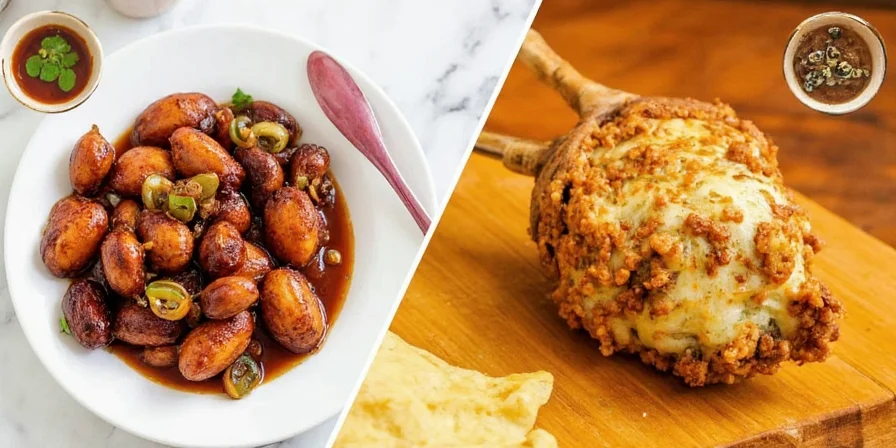
To understand the difference between Cajun and Creole cuisines, you need to travel back to Louisiana—specifically the bayous and New Orleans.
- Cajun: Born from the Acadian settlers (French-Canadian exiles) who settled in rural Louisiana. Their food is hearty, rustic, and built around what they could grow, hunt, or fish locally.
- Creole: Rooted in the urban melting pot of New Orleans, blending French, Spanish, African, German, and Italian influences. Creole dishes tend to be more refined and influenced by international flavors.
In short: Cajun is country cooking; Creole is city sophistication—with both sharing a love for bold flavors and generous spice blends.
Spice Showdown: What’s the Real Difference?

| Ingredient | Cajun Spice | Creole Spice |
|---|---|---|
| Paprika | ✔️ | ✔️ |
| Cayenne Pepper | ✔️ (often spicier) | ✔️ (milder, balanced) |
| Garlic Powder | ✔️ | ✔️ |
| Onion Powder | ✔️ | ✔️ |
| Black Pepper | ✔️ | ✔️ |
| Oregano | ❌ | ✔️ |
| Thyme | ❌ | ✔️ |
| Basil | ❌ | ✔️ |
The big differentiator? **Herbs**. While Cajun spice leans heavily on heat and boldness, Creole seasoning introduces Mediterranean herbs like oregano, thyme, and basil for a more complex, layered flavor profile.
Flavor Fights: How Do They Taste?
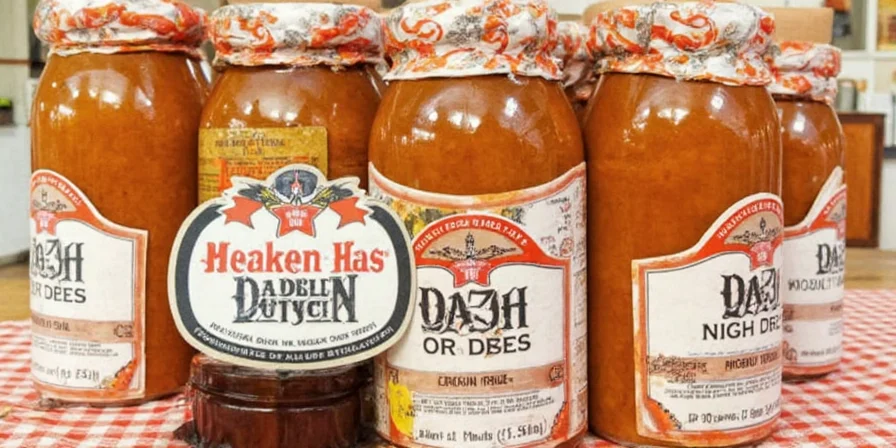
Let’s get sensory:
- Cajun: Punchy, earthy, smoky, and often fiery hot. Think of it as a bold hug from your rowdy cousin who likes to wrestle gators in his spare time.
- Creole: Earthy but aromatic, slightly sweet with herbaceous notes. Imagine dining at a candlelit table in the French Quarter with jazz in the background and a glass of wine nearby.
Both are delicious—but they speak very different flavor languages.
Cooking with Fire: Tips for Using Cajun & Creole Spices
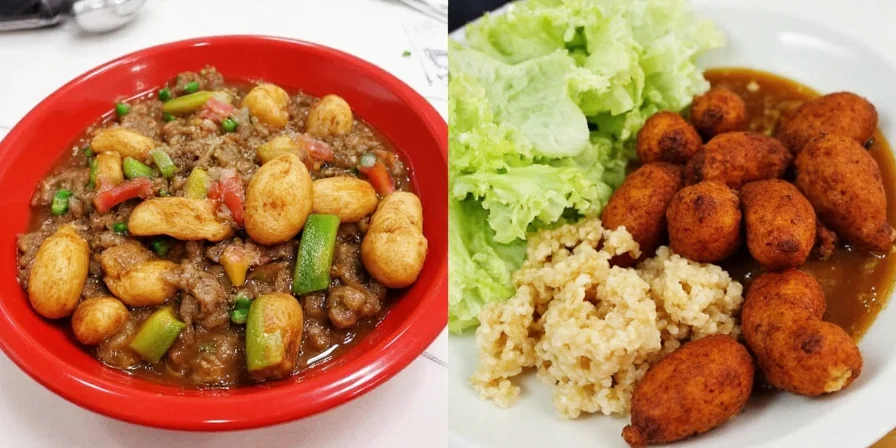
- Rub It Right: Use Cajun spice as a dry rub for proteins like chicken, shrimp, or sausage. Let it sit for at least 30 minutes before cooking for maximum flavor penetration.
- Balance the Heat: If using Creole seasoning, pair it with acidic ingredients like tomatoes or lemon juice to brighten the dish.
- Layer Flavors: Don’t rely solely on the spice blend. Add fresh garlic, onions, and peppers during cooking for depth.
- Adjust to Taste: Remember, these blends are starting points—not rules. Adjust salt, pepper, or chili levels based on your preference.
- Store Smartly: Keep your spices in airtight containers away from light and moisture. Freshness matters!
Myth-Busting: Common Misconceptions About Cajun vs Creole
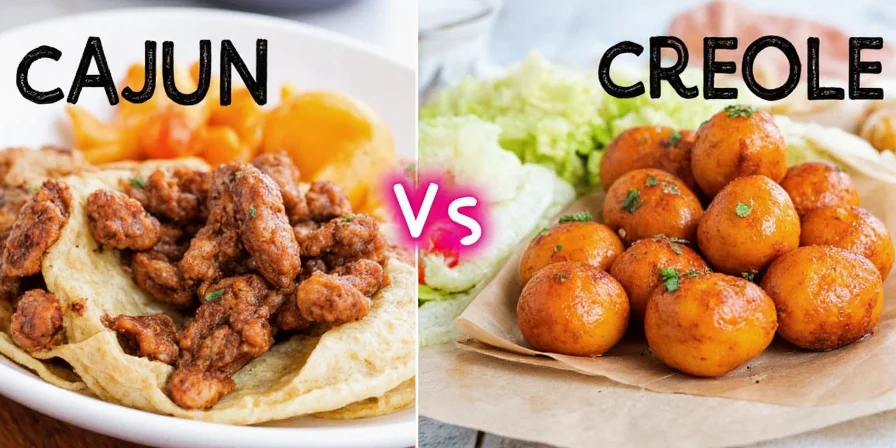
- Myth #1: “Cajun is always hotter than Creole.” Reality: Not necessarily! Some commercial Creole blends can pack more punch than milder Cajun mixes.
- Myth #2: “You can only use Cajun in gumbo.” Reality: Cajun spice works wonders in everything from grilled veggies to popcorn.
- Myth #3: “They’re basically the same thing.” Reality: Nope! One has herbs, the other doesn’t. That makes all the difference.
- Myth #4: “Only Louisianans can make real Cajun or Creole food.” Reality: Anyone can cook with soul and respect for the culture!
Choosing Your Champion: When to Use Which Spice Mix
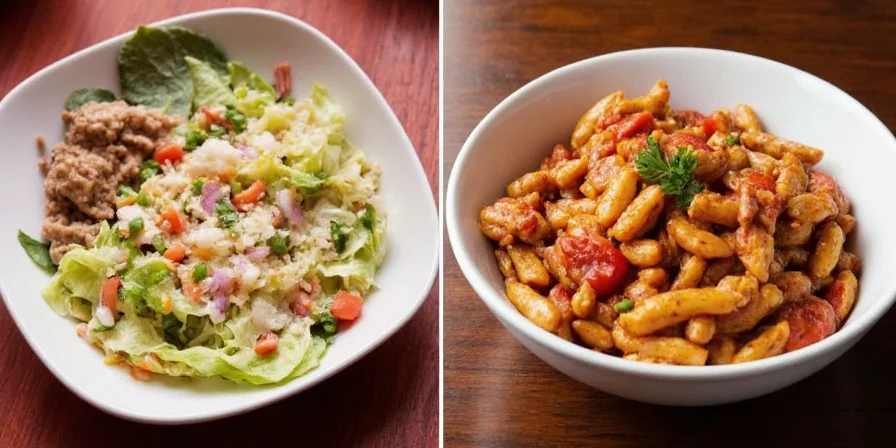
Use Cajun seasoning when you want bold, rustic flavors and a kick of heat. Ideal for:
- Jambalaya (the original Cajun version)
- Dirty rice
- Grilled or fried meats and seafood
- Gumbo made with dark roux
Choose Creole seasoning when you want a balance of heat and herbaceous complexity. Best for:
- Creole jambalaya (with tomatoes)
- Eggs Sardou or Shrimp Creole
- Seafood étouffée
- Dipping sauces and marinades
Visual Guide: Cajun vs Creole at a Glance

Want a quick reference cheat sheet? Here’s a snapshot:
| Feature | Cajun | Creole |
|---|---|---|
| Origin | Rural Louisiana | New Orleans |
| Flavor Profile | Smoky, spicy, earthy | Aromatic, herbal, balanced |
| Main Ingredients | Paprika, cayenne, garlic, onion | Paprika, cayenne, garlic, onion, herbs |
| Heat Level | Medium to High | Mild to Medium |
| Signature Dishes | Dirty Rice, Boudin | Jambalaya, Shrimp Creole |
Recipe Roundup: Try These Spicy Classics
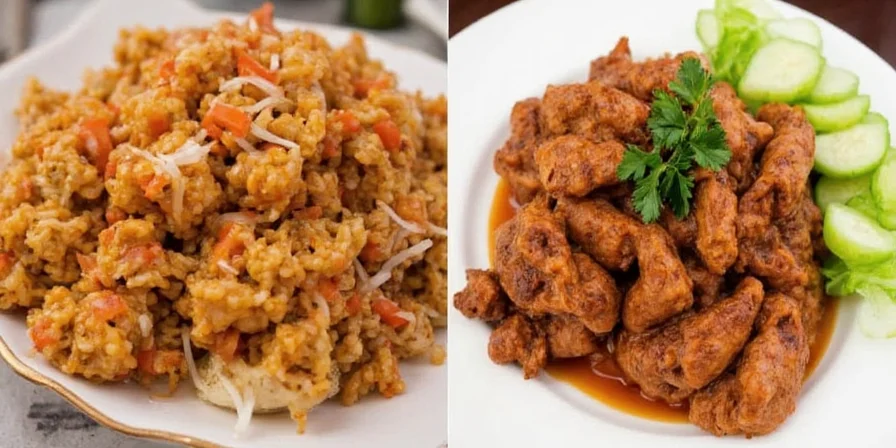
Cajun Chicken & Sausage Gumbo
- Chicken thighs
- Andouille sausage
- Dark roux
- Cajun seasoning
- Okra
- Stock and holy trinity (onion, celery, bell pepper)
Creole Shrimp Étouffée
- Shrimp
- Creole seasoning
- Tomato-based sauce
- Butter, flour, stock
- Holy trinity + garlic
Final Verdict: Who Wins the Cajun vs Creole Debate?
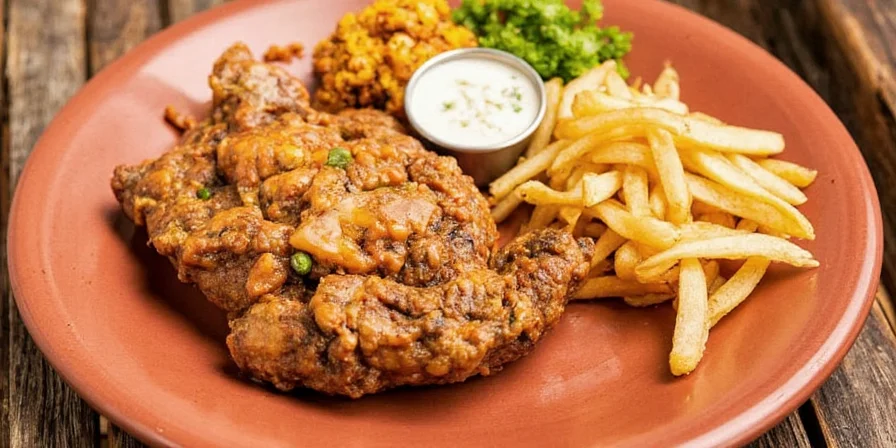
In the end, there’s no clear winner in the Cajun vs Creole battle—it all depends on your mood, your meal, and your tolerance for heat.
- Craving a wild weekend of flavor? Go Cajun.
- Feeling fancy and want something elegant yet bold? Reach for Creole.
So next time you reach for that spice jar, remember: it’s not just about taste—it’s about telling a story through your food. And every bite is a chance to celebrate the rich, spicy legacy of Louisiana.

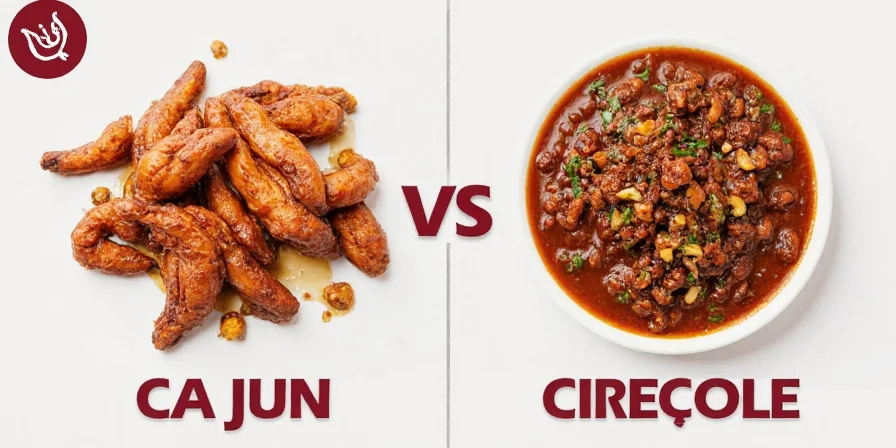









 浙公网安备
33010002000092号
浙公网安备
33010002000092号 浙B2-20120091-4
浙B2-20120091-4